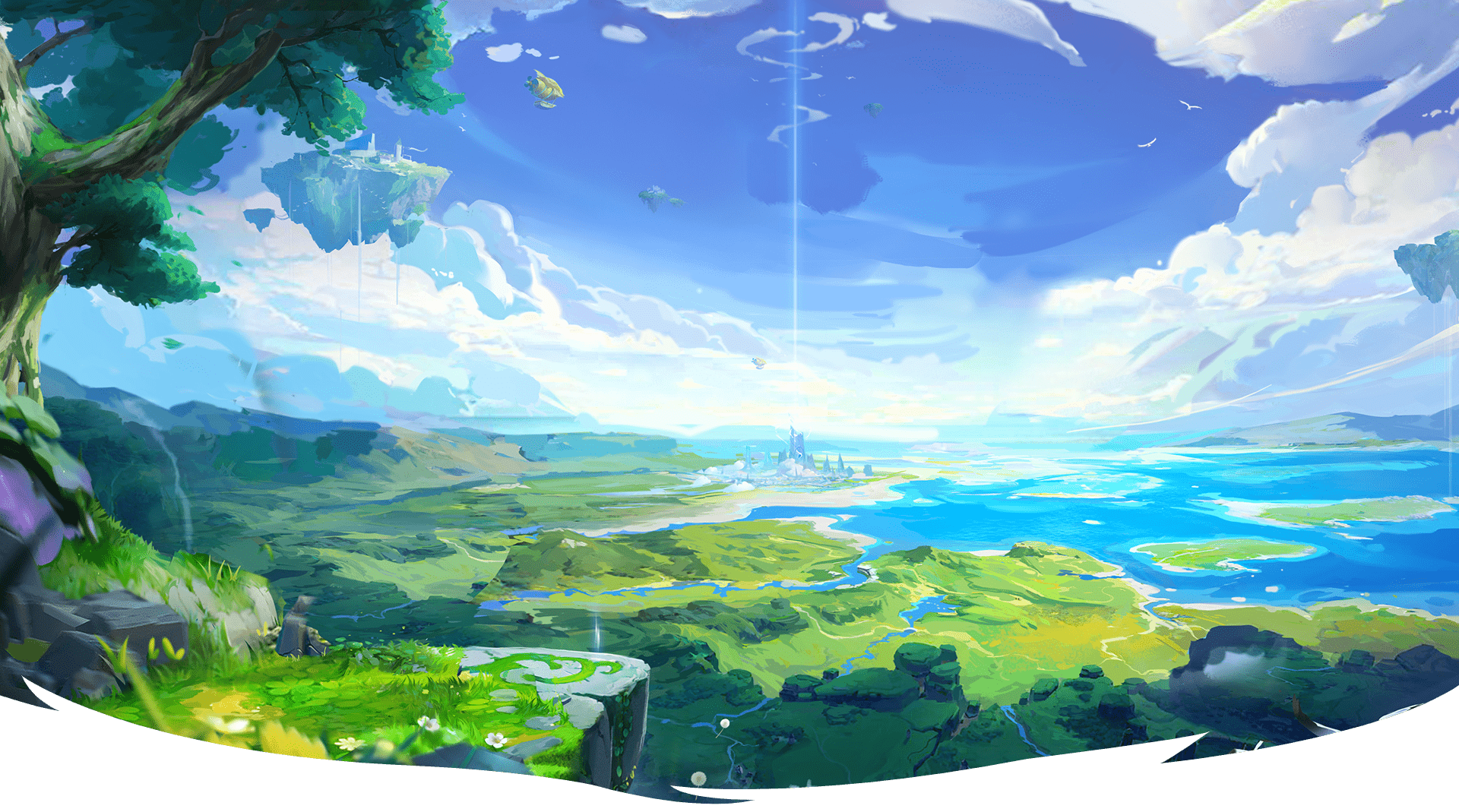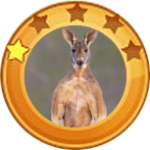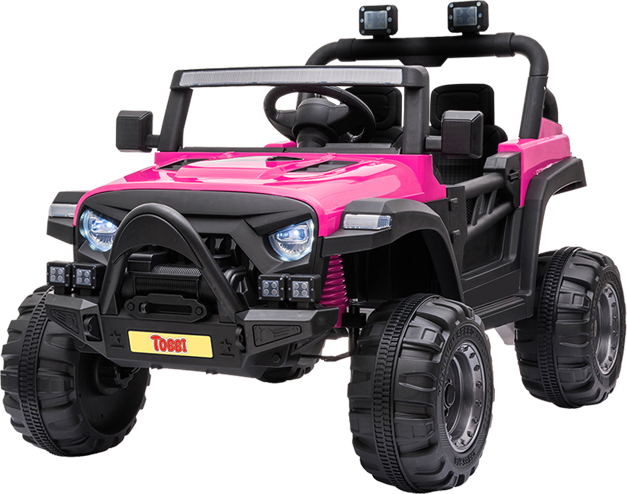- Home
- Shop
- Forest Series
- Grassland Series
- Desert Series
- Contact
- Home
- Shop
- Forest Series
- Grassland Series
- Desert Series
- Contact

Kangaroo Series





MANUAL CONTROL&REMOTE CONTROL
Certificated with ASTM-F963, this car supports both parent control and kids manual operation. Children can simply drive the car forward and backward via the foot pedal and the steering wheel, while parents can control the car and change 3 velocities by 2.4G remote controller.
HIGH-QUALITY CONSTRUCTION
Providing long-lasting strength and use, this SUV car uses expertly crafted durable plastic to withstand endless hours of play. This kids ride on is sturdy for long-term outdoor and indoor use (withstand the weight up to 66 LBS).
GREAT CHRISTMAS GIFT IDEA
With front&rear lights, realistic engine sounds, double doors and so many functions, Tobbi 12V kids ride-on car makes a perfect gift for birthdays, festivals and other gift-giving occasions. Both boys and girls will entertain themselves for hours.
FUN ENTERTAINMENT
It is a stylish car with volume-adjustable horn, easy start/stop button, truck and a handle for easily moving. Kids can also enjoy the radio or play their favorite music through connect device by USB port, TF card slot which brings a lot of fun when riding in the car. After 1-2 h, when the battery is low, the power display will remind you to charge the car.


CHARACTERISTICS
The Chipmunk is a member of the family Mammalia, Rodentia and Sciuridae. It is also known as the Striped Squirrel, the Timber Tiger and the Mini-bear. The body length among most Chipmunks ranges from 5.5 to 6.3 inches and the tail length is 5 Inches. Chipmunks typically weigh about 0.02 pounds and live about 5 to 10 years. They have small but prominent ears which face forwards, and small eyes on the sides of their heads. Most wild Chipmunks are lively.


Lorem ipsum dolor sit amet, consectetur adipiscing elit. Ut elit tellus, luctus nec ullamcorper mattis, pulvinar dapibus leo.


CHARACTERISTICS
An iconic symbol of Australia and its outback, the Red Kangaroo is the biggest marsupial alive today, and one of the most striking and abundant of all kangaroos. The male is much bigger and more powerful than the female and is typically rich reddish-brown in coloration, while females are more bluish-gray. Both male and female have a black and white mark on the side of their muzzle and a wide white stripe on their cheek. The tip of their dusky nose is partially naked.

RANGE AND HABITAT
Red Kangaroos inhabit the arid regions of Australia’s mainland, except the extreme north and extreme southwest of the country, and the east coast. They can be found in scrublands, grasslands, and deserts. They prefer open habitats with some trees for shade.

DIET
Red Kangaroos are herbivores and only eat plants, preferring green herbage, such as flowering plants, forbs, and grasses. They can go for long periods without water by eating succulent plants that are filled with moisture.

BEHAVIOR
Habits and Lifestyle
Red Kangaroos gather in small groups of about 10, called “mobs.” The groups are mainly made up of females and their young, with one or a few males. Females stay within the mob they were born in. Occasionally, huge numbers of these kangaroos congregate where there is excellent forage, sometimes up to 1,500 individuals. They are mostly active at twilight and during the night, resting during the day in the shade. But they sometimes move around during the day. They spend most of their active period grazing. When grazing in a group, they are always looking out for danger and they warn others by stamping their feet. At this sign, young joeys will hop back into the pouch of their mother for safety. Red Kangaroos are also adept swimmers and often flee into waterways if threatened by a predator. If pursued into the water, they may use their forepaws to hold the predator underwater so as to drown it.
Mating Habits
Red Kangaroos are polygynous animals and males competing for mating opportunities with several females. They will try to have exclusive access to several females, actively driving away other males. Such competition sometimes results in “boxing” matches, when males hit one another using their forepaws, and kick out with their feet. The breeding season is year-round if conditions are favorable. Females give birth usually to a single pup, following a gestation period of about 32 to 34 days. When born, the joey climbs its way up through its mother’s fur and into her pouch, where it remains, attached to a teat for 70 days. It first puts its head out of the pouch after 150 days, coming out for short periods after 190 days. A female lactates for about a year, carrying her joey in her pouch for around 235 days. Young females may first reproduce as early as 18 months of age and as late as 5 years during drought, but normally they are 2.5 years old before they begin to breed.
Population
The Red Kangaroo is faced with no major threats, and it continues to be an abundant and widely distributed species. Intensive agriculture would affect this species, but, as yet, not much of its habitat has been affected. Some argue, however, that competition with introduced rabbits and livestock, particularly during periods of drought, could be a threat. This kangaroo is in some areas so numerous that it is commercially harvested for its hide and meat, and sometimes also is shot as a pest.
According to the Australian Government Department of the Environment, the total number of Red Kangaroo is 11,514,298 individuals. This species numbers are stable today and it is classified as least concern (LC) on the IUCN Red List.
The Red Kangaroo has an important role in shaping communities of vegetation in the ecosystems where they live due to their action as grazers.

The Chipmunk is a member of the family Mammalia, Rodentia and Sciuridae. It is also known as the Striped Squirrel, the Timber Tiger and the Mini-bear. The body length among most Chipmunks ranges from 5.5 to 6.3 inches and the tail length is 5 inches. Chipmunks typically weigh about 0.02 pounds and live about 5 to 10 years. They have small but prominent ears which face forwards, small eyes on the sides of their heads. Most wild Chipmunks are lively.
The Red Squirrel, a member of the Sciuridae, is an arboreal, omnivorous rodent often referred to as a Forest Seeder and folklore as the Devil King Squirrel.
The Arizona Gray Squirrel, also known as the American Gray Squirrel, is a member of the family Rodentia and Sciuridae. It is small in size, with gray fur and a belly between white and cream. It has long ears, no tufts of fur and a fluffy tail edged in white. The body is about 16-20 inches long and weighs up to 1.4 pounds.
The Rock Squirrel, also known as Sao Maozi or Stone Mouse, belongs to the rodent and is a species in the family Sciuridae. The most common natural predators of the Rock Squirrel include bobcats, owls, eagles and snakes. Though the Rock Squirrel is cute, alert, and courageous, it is still considered a pest due to its habit of destroying crops.
The Abert’s Squirrel is a member of the genus Sciurus with a body length of 18-22.8 inches, a tail length of 7.5-9.8 inches and a weight of 2.2 pounds, and can live up to 10 years in the wild. Its most distinctive feature is tassels of fur about 0.8-1.2 inches long at the tip of its ears, which looks very interesting. In addition, it is alert and agile.

Four Facts About Kangaroos
How much more do you know about these Australian icons? Here are our Four kangaroo facts.
1. Kangaroos are mainly active at night
There are about 45 species of kangaroos and wallabies. The animals are mainly active at night and early in the morning. A male of the largest kangaroo species, the red kangaroo, can grow up to 2 meters long and weigh 90 kilos. That can be quite scary at night!
2. Kangaroos live in family groups
The eastern and western gray kangaroos live in a close-knit family group, known as a ‘mob’. The mob consists of males and females. A female reproduces from a third to the twelfth year of her life, thus expanding the family. The kangaroos live for about 23 years in the wild.
3. Kangaroo females can raise one young per year
A joey or baby kangaroo is only an inch long at birth and lives in its mother’s pouch for the first six months. They then leave the pouch, but return when they need to eat. Depending on the breed, the young kangaroos stop doing this when they are 13 to 18 months old. That means kangaroo females can raise only one young per year to complete independence. However, a kangaroo mother can suckle two joeys at the same time – one in the pouch and one outside the pouch – offering two different types of milk.
4. Kangaroos use their tails a lot
Kangaroos spend much of the day grazing and moving relatively slowly by taking small steps in sync with their hind legs. They keep their balance with their front legs, and they use their tail to lean on, push off and move on. Essentially, kangaroos use their tail as an extra leg.



Follow Us: